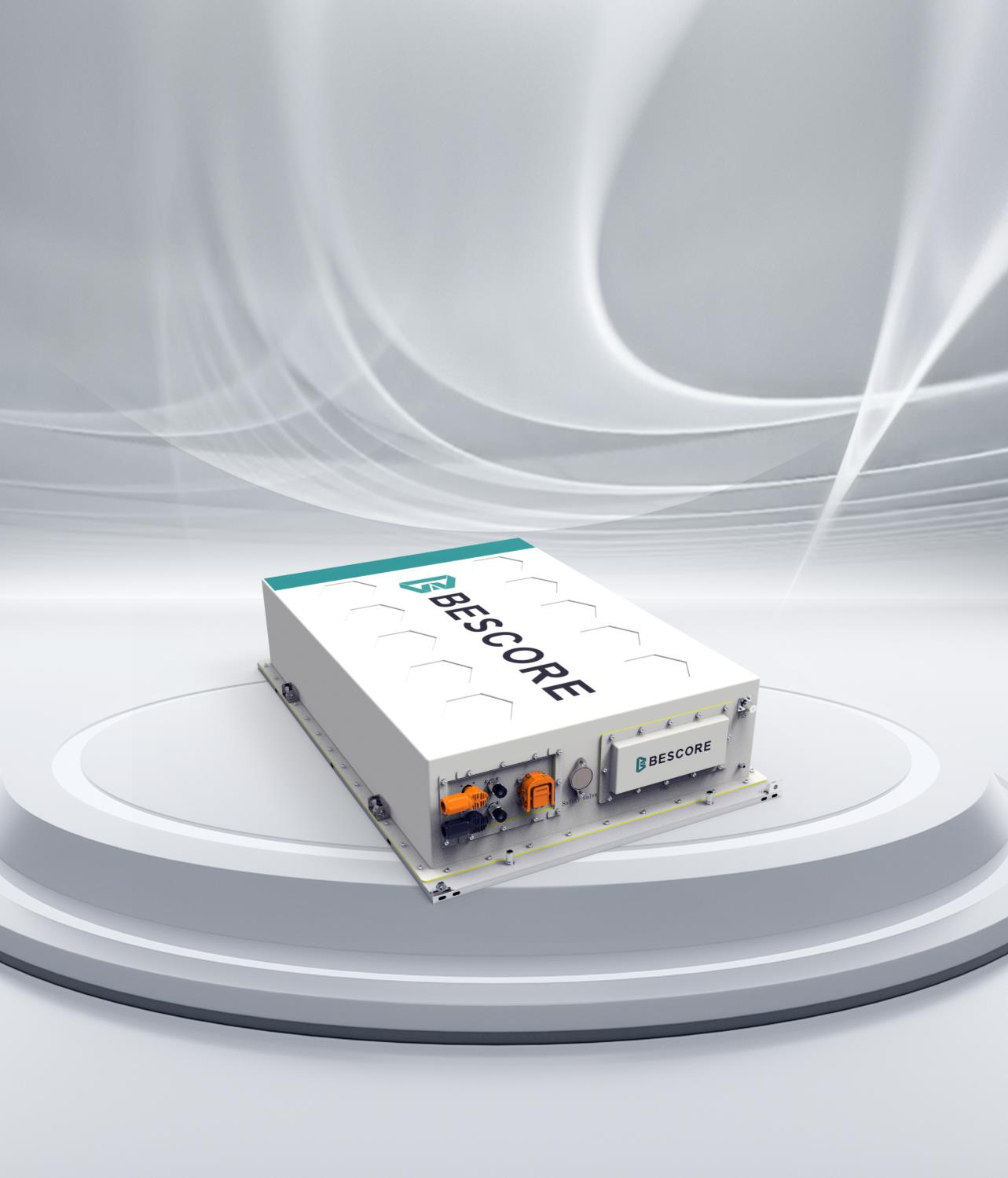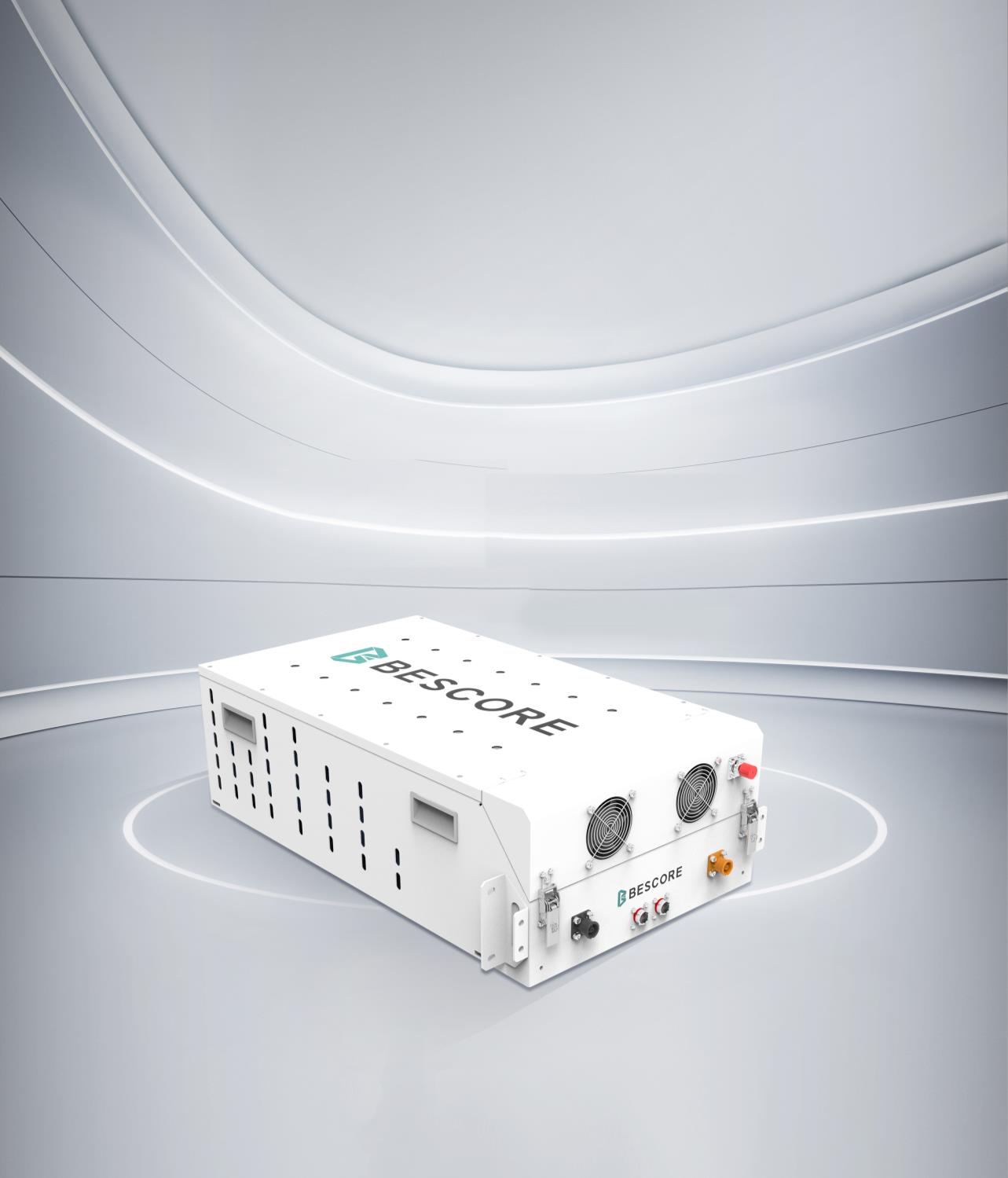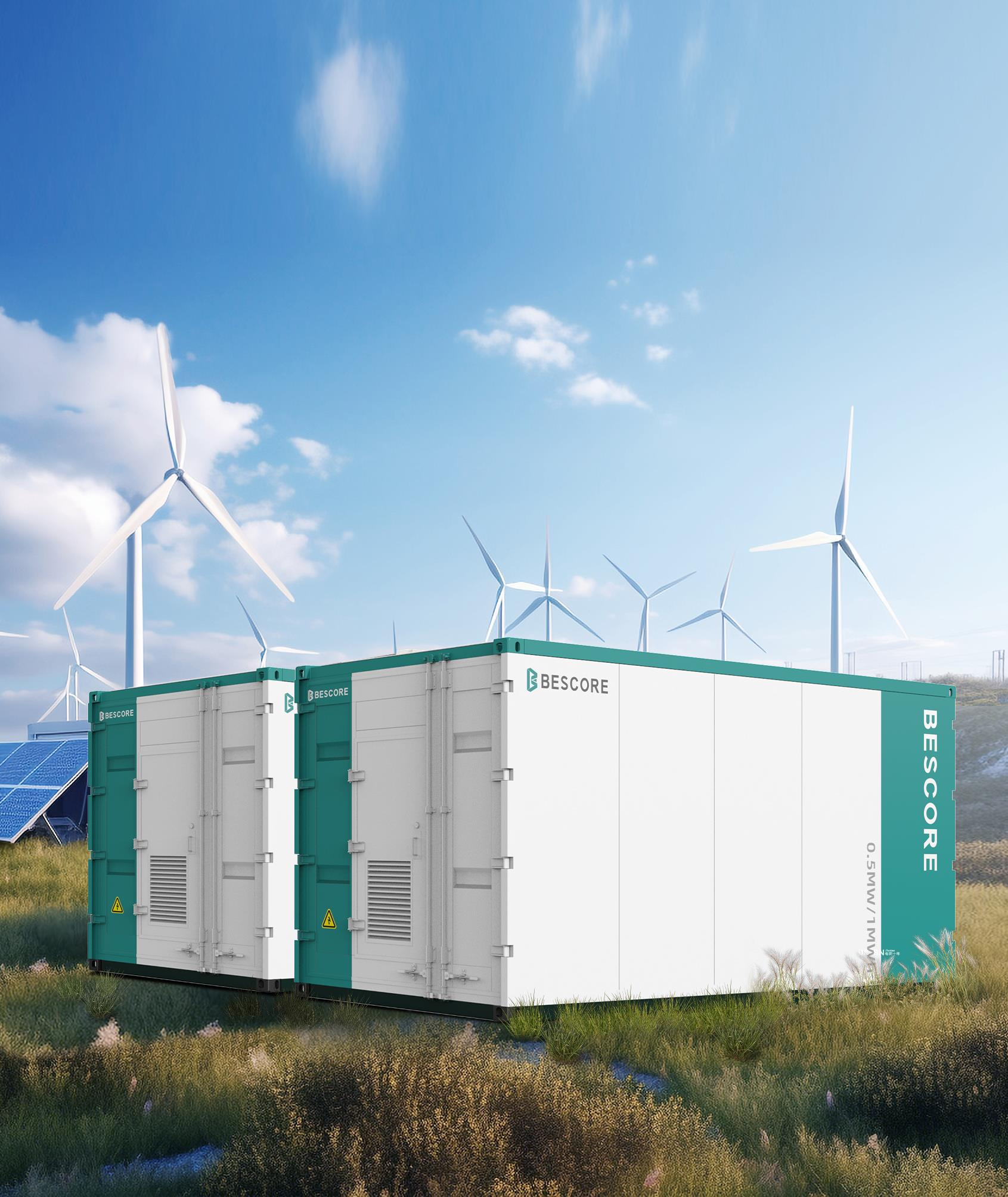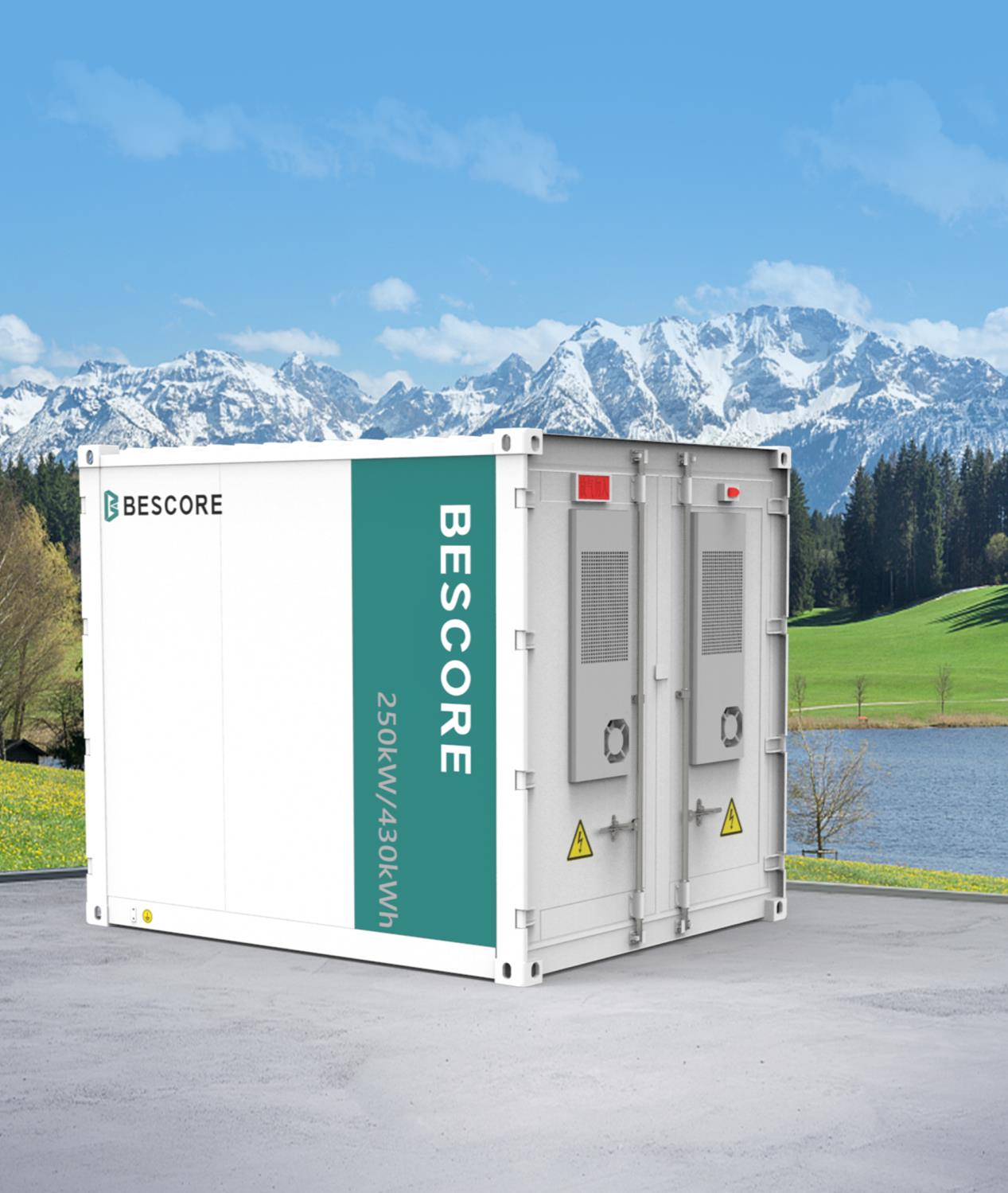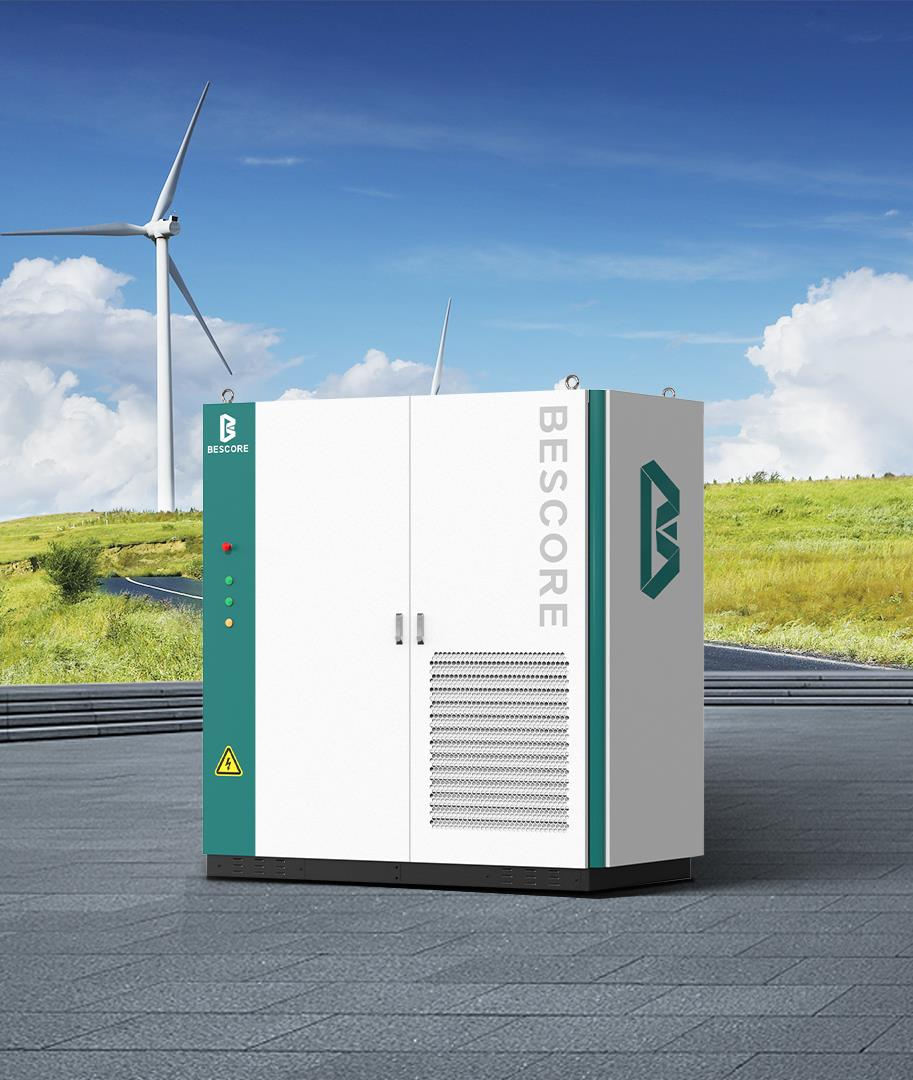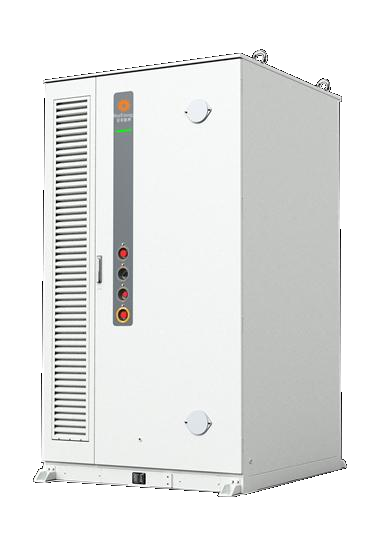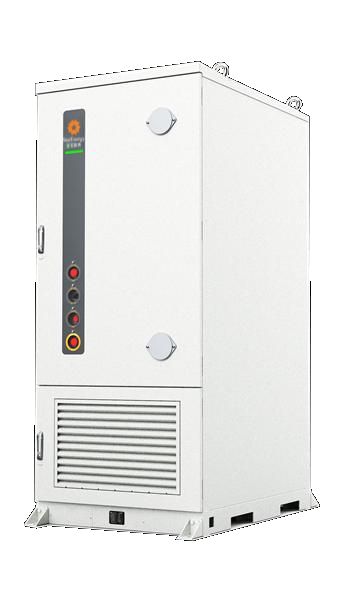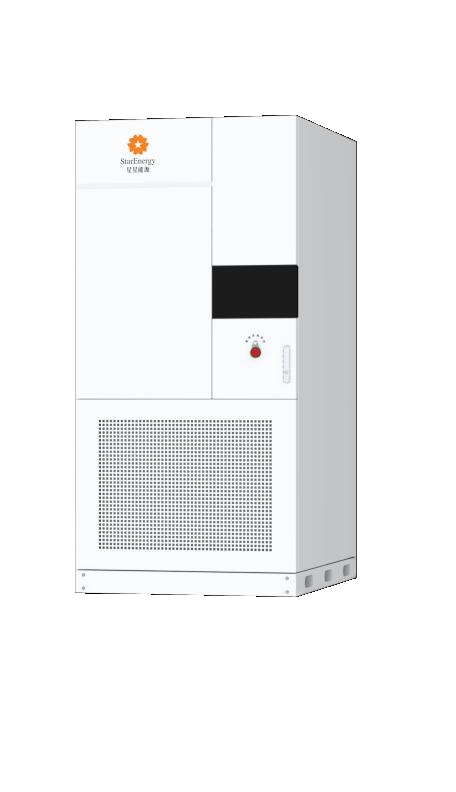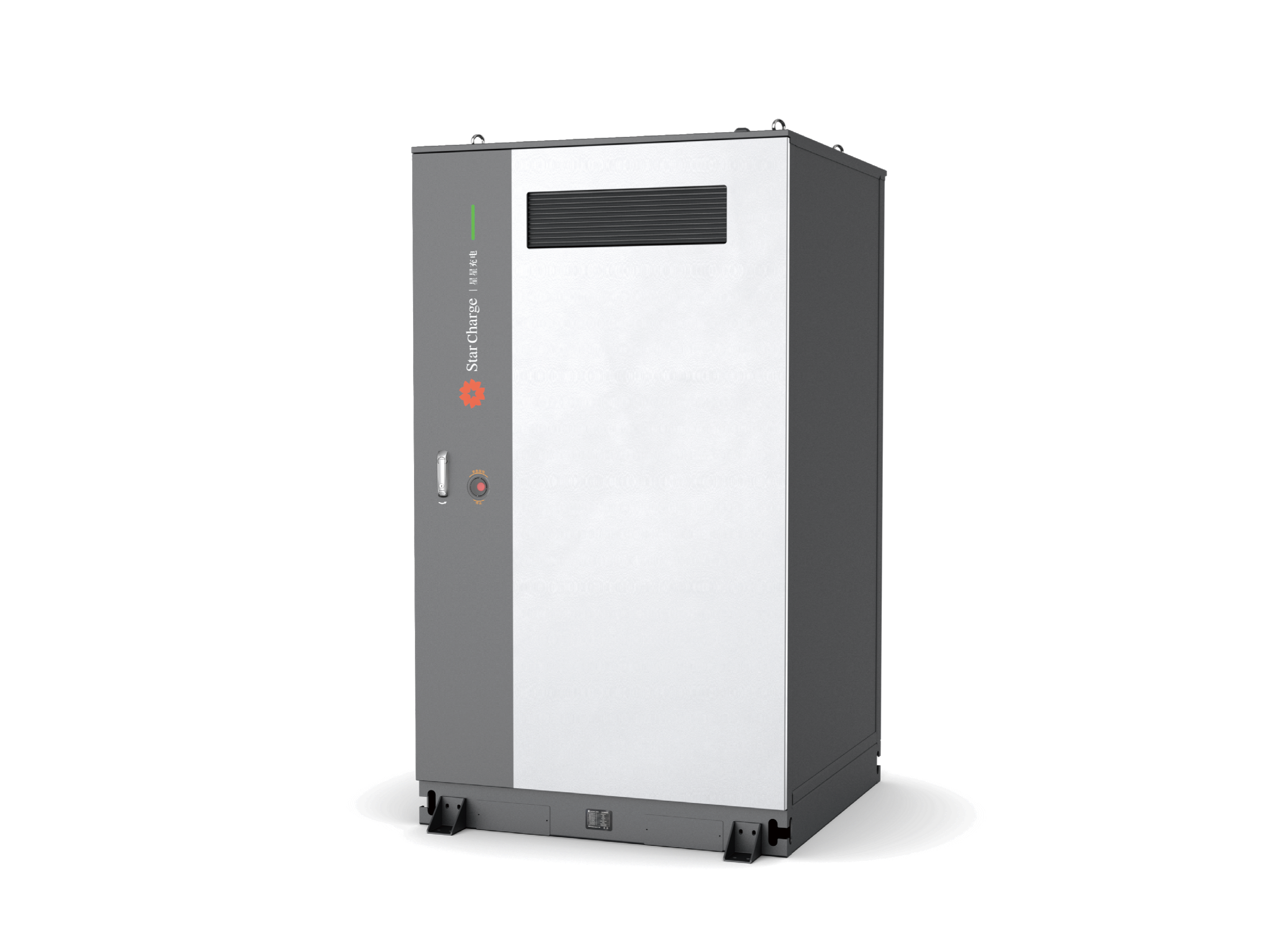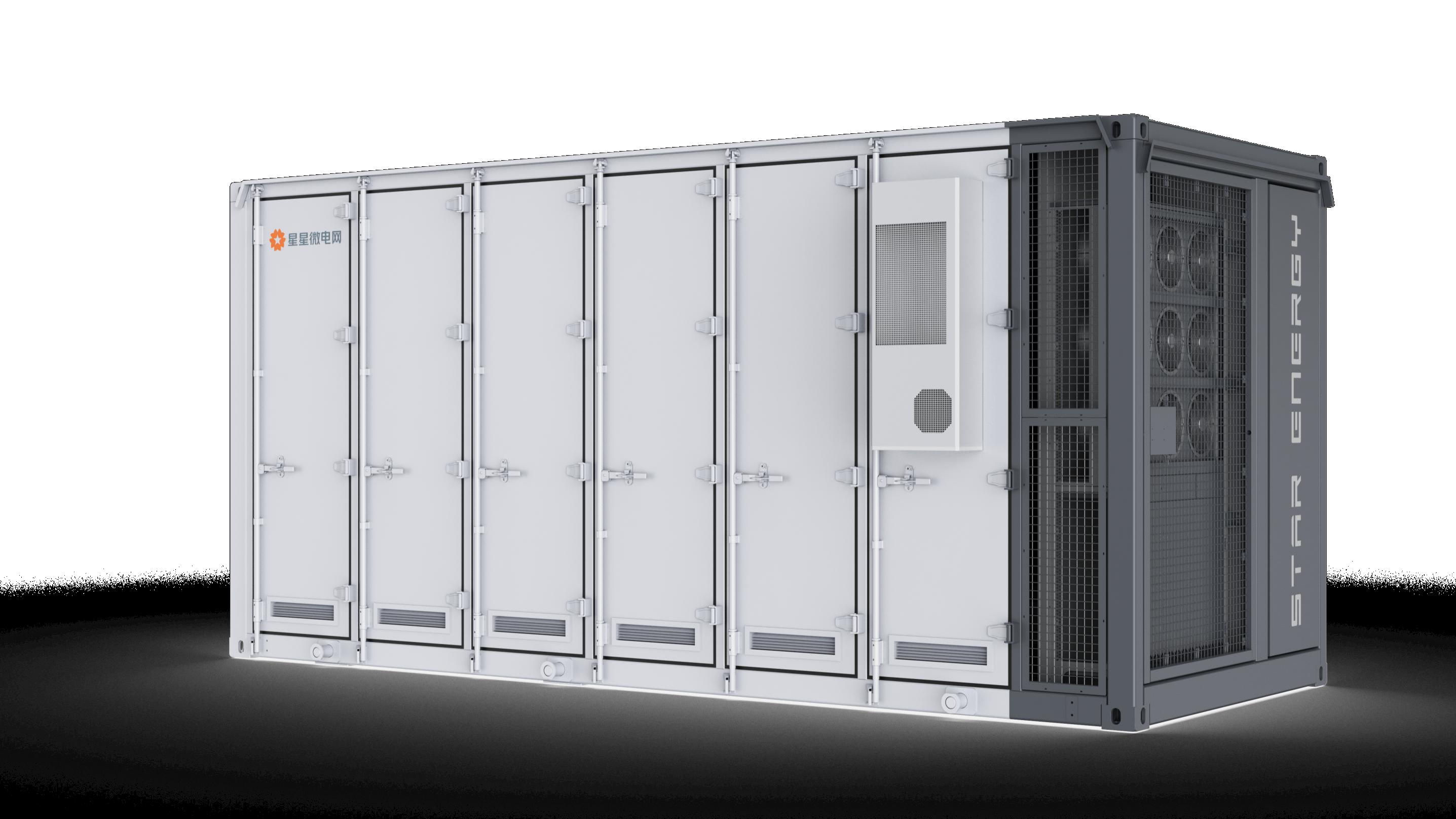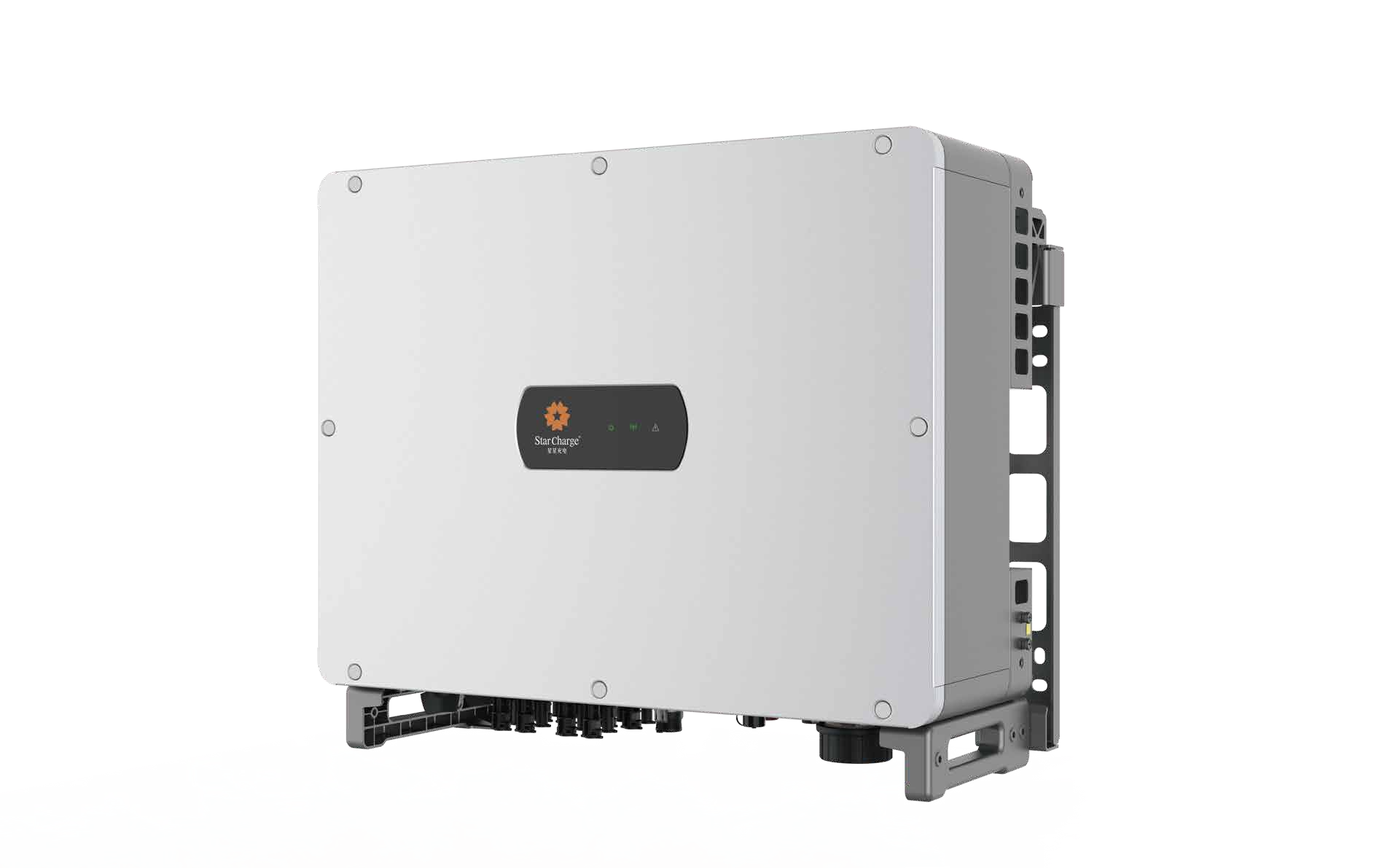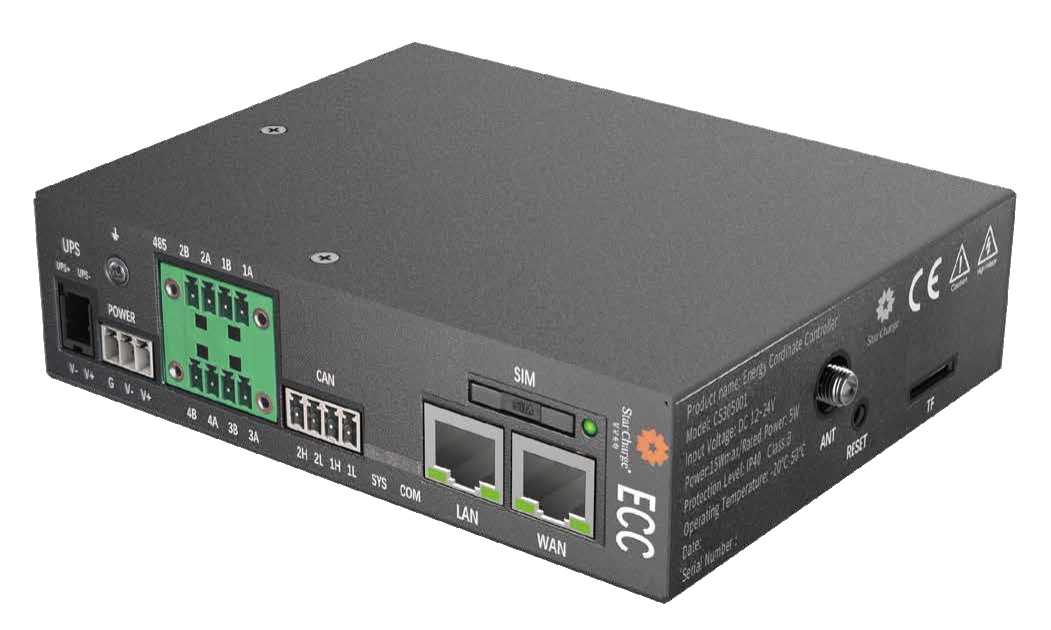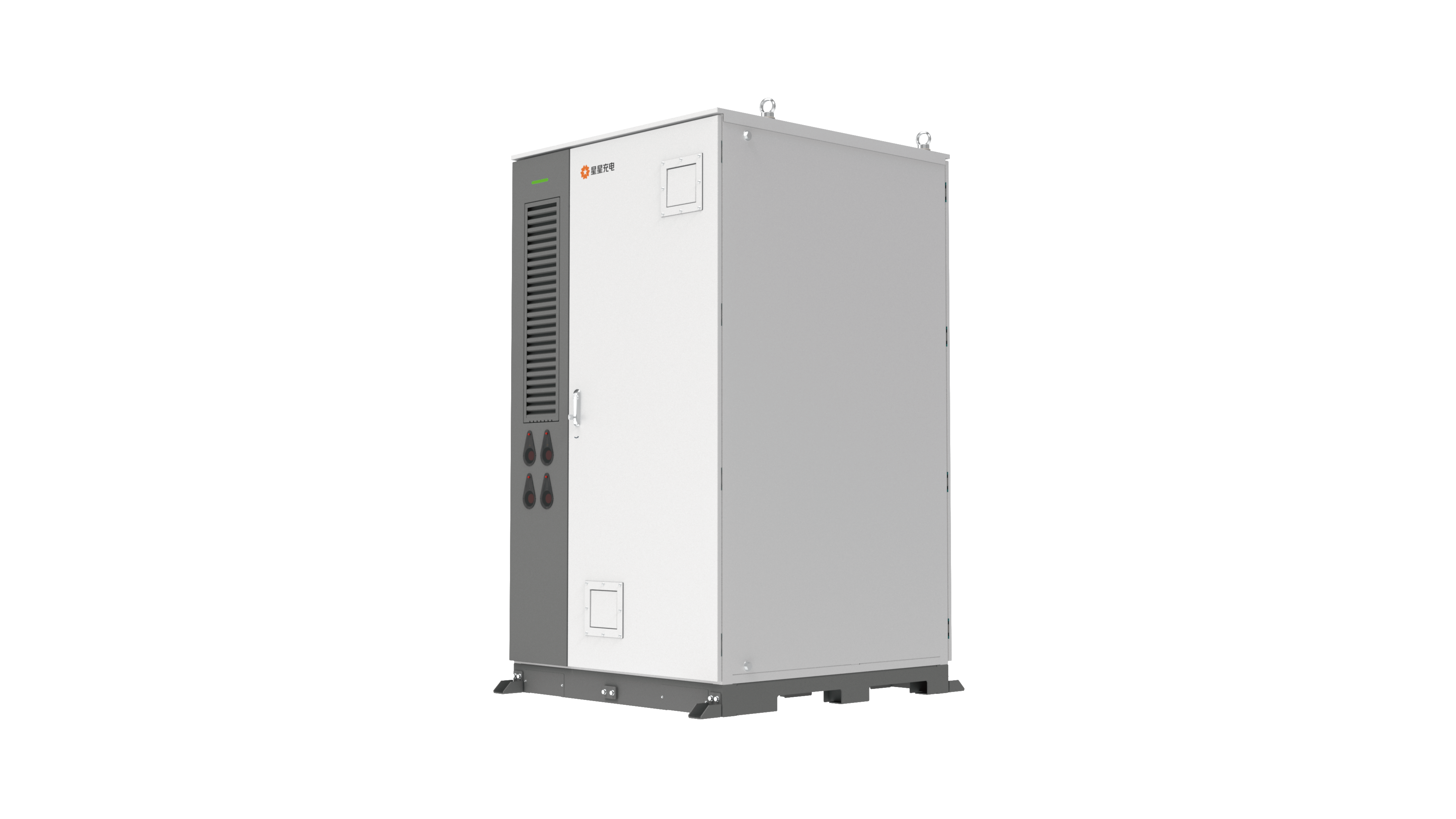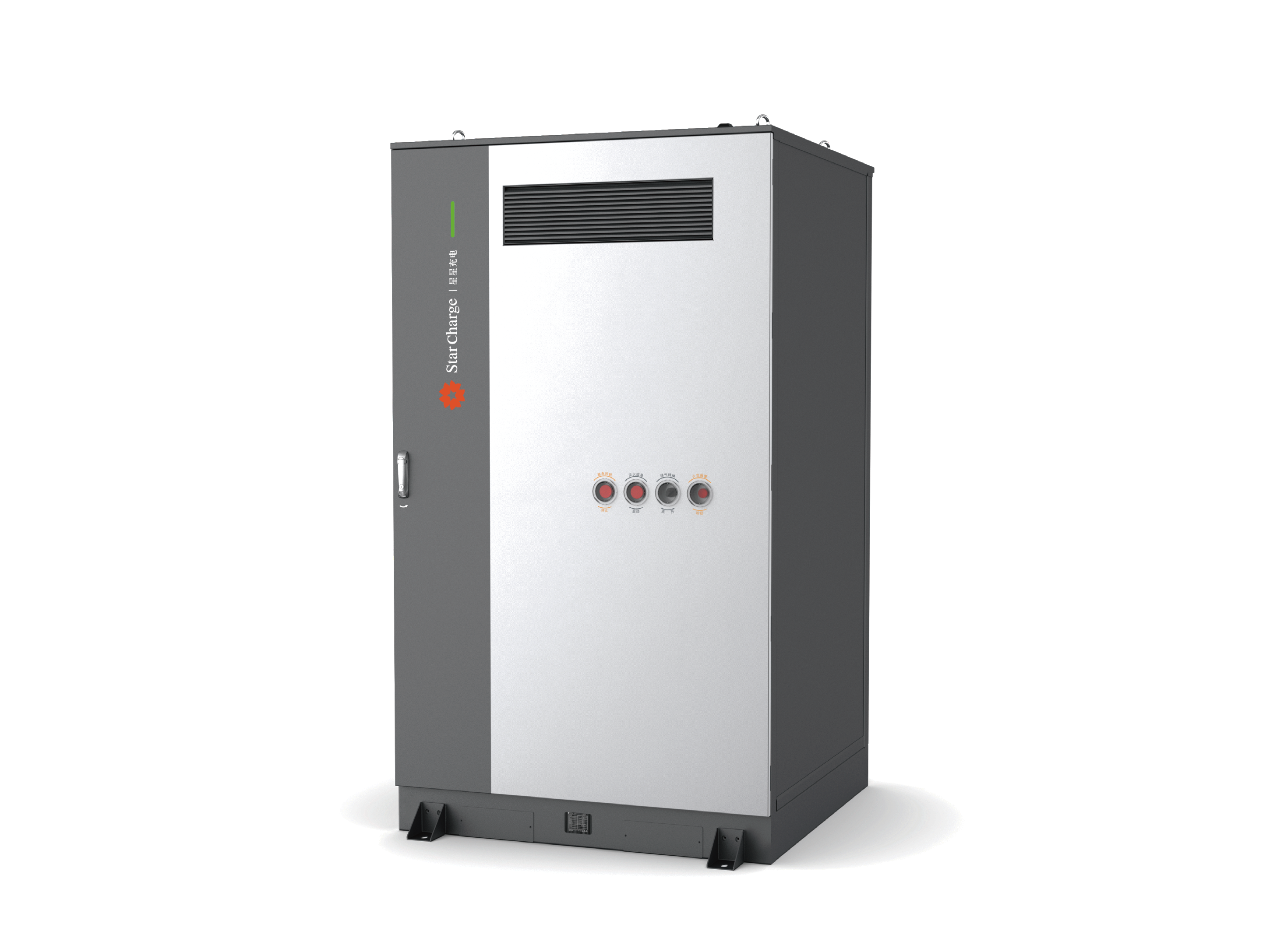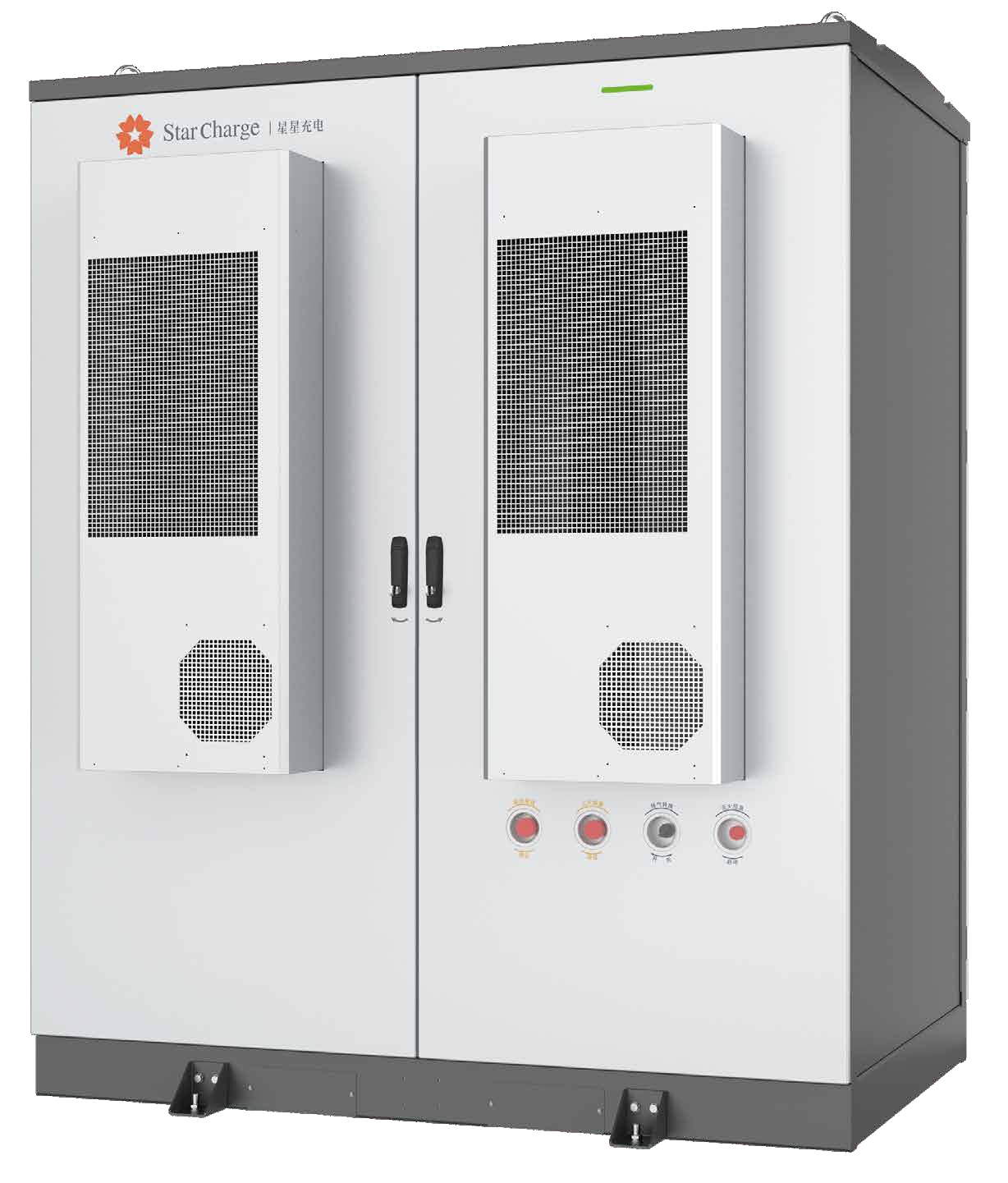Wedoany.com Report-Nov 18, The Single Electricity Market (SEM) in Ireland is set to see a battery energy storage system (BESS) boom into 2030, with short-to-medium duration capacity forecast by Cornwall Insight to increase fivefold by 2030.
This surge in battery storage expansion is likely to kickstart more investment in renewables, says Cornwall, helping Ireland and Northern Ireland in their journey to meet their respective renewable energy targets of attaining 80% of electricity from renewables by 2030.
The data from Cornwall Insight’s SEM Benchmark Power Curve forecasts that the capacity of short- medium term lithium-ion battery storage, which includes batteries from 0.5hr capacity all the way to 4hr capacity, will increase from 2.7GWh in 2025 to 13.5GWh by 2030. If these 2030 predictions materialise, this will allow these batteries to discharge up to 5GW of energy at any given time – a substantial increase from the 1GW which is currently possible.
Short- and medium-term battery storage plays a crucial role in replacing fossil fuel usage by providing fast acting reserves that ensure a balance of electricity supply and demand on the grid. As well as providing local support to reduce the amount of produced renewable energy that is lost due to network limitations. This is very important as more intermittent renewables come on to the grid.
The new Irish Electricity Storage Policy Framework, released in July, has boosted the forecasts for both short- and long-term duration batteries, with the framework encouraging storage investors to progress their projects in Ireland. While Northern Ireland currently lacks a comprehensive strategy, there is optimism that a battery strategy will start to be developed soon, further supporting the SEM’s energy transition goals.
Commenting in a release was Lisa Foley, Cornwall Insight principal consultant: “The rising forecasts for short-medium term batteries, shows the Irish government’s battery framework, is certainly doing its job – which is good news for investors and decarbonisation targets alike. If we can continue to see battery growth in the Single Electricity Market, it will only encourage more companies to put their faith in Ireland as a place to bring their projects, which in a competitive renewables’ world is what we need to see.
“Of course, batteries are only one part of the decarbonisation pie. While renewable technologies are growing, they are unfortunately not keeping up with the levels needed to reach the 2030 renewable generation goals. Swift action on planning and policy improvements is needed to unlock the full potential of our renewable resources and keep pace with our climate goals.”
Despite this positive news, adds Cornwall Insight, there are still concerns over both Ireland and Northern Ireland meeting their respective renewable targets.
The company adds that, although they did see renewables growth in this year’s fourth Irish Renewable Electricity Support Scheme (RESS 4) auction, technologies, especially onshore wind, are lagging behind their targets.
This shortfall caused the company to push back its forecast, now projecting that the SEM will not achieve its renewable generation goals until 2033, with planning and connection delays chief amongst the reasons deterring potential bidders and slowing down project timelines.
